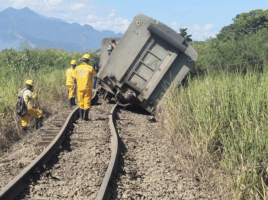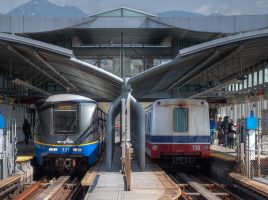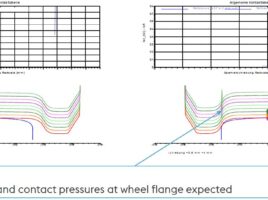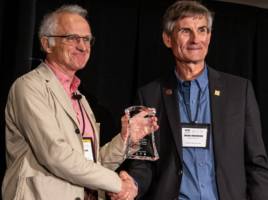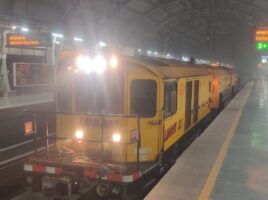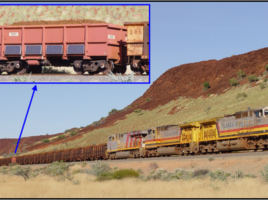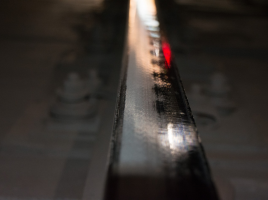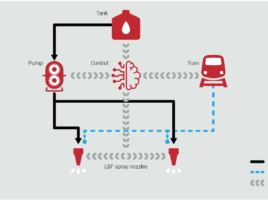
On-Board Top of Rail Friction Modifier Application: A More Efficient Approach?
By Jeff Tuzik Friction modifiers—whether gage-face lubricants (greases) or top-of-rail (TOR) friction modifiers (FM)—are a well-established, and indeed, a common part of the wheel/rail optimization toolkit. In the railroader’s mind, these technologies tend to be associated with wayside application equipment and installations, but vehicle-mounted wheel-flange lubricators and wheel-tread friction modifiers …

